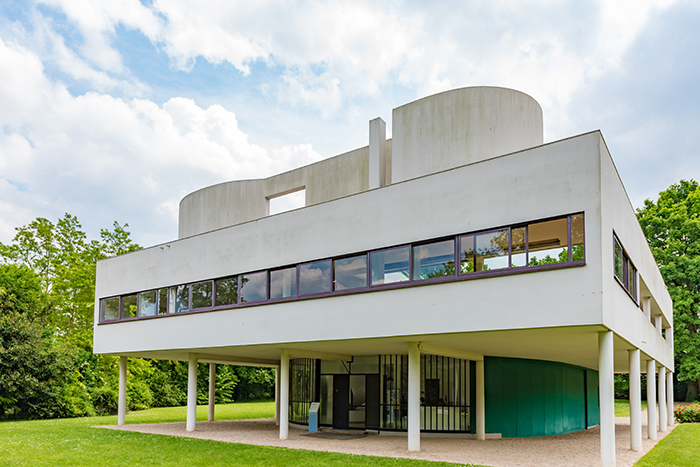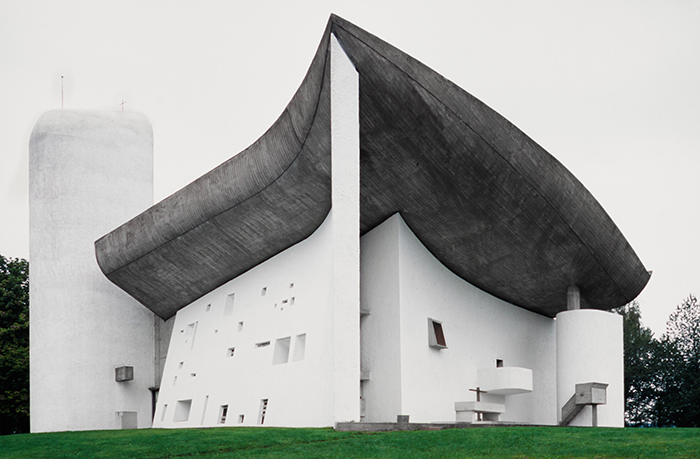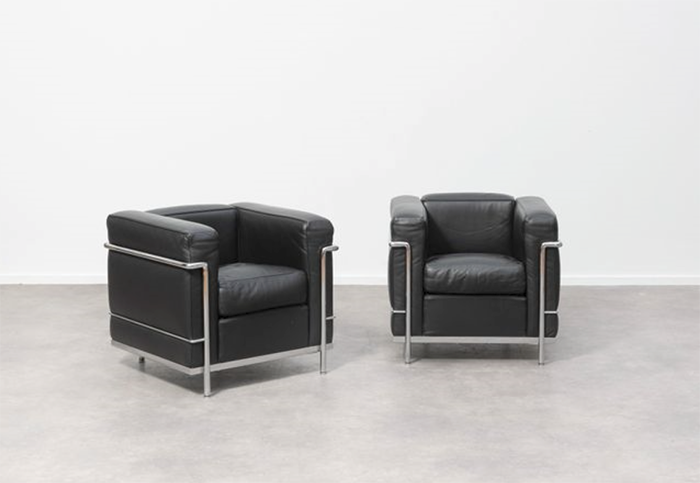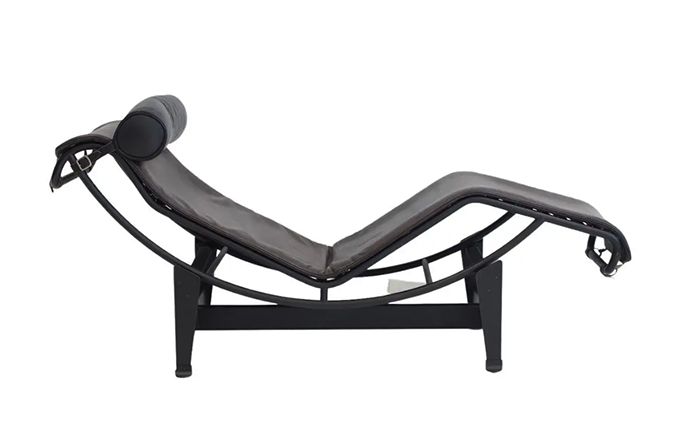Design Visionary: Le Corbusier
Continuing our Design Visionary series, our Bay Area interior designers are excited to dive into the life and career of Le Corbusier, an inspirational architect and furniture designer that has shaped the design industry. Born Charles-Édouard Jeanneret-Gris, is one of the most influential modern architects and designers of the 20th century. Throughout his prolific career, Le Corbusier challenged traditional notions of space, form, and function, pioneering new approaches to design that continue to shape the built environment today.
Early Life and Influences
Born in Switzerland in 1887, Le Corbusier’s formative years were shaped by a deep appreciation for art, architecture, and the principles of design. After studying at the École des Beaux-Arts in La Chaux-de-Fonds, he embarked on a journey of self-discovery, traveling extensively throughout Europe and immersing himself in the cultural milieu of the time. It was during these formative years that Le Corbusier encountered the works of pioneering architects such as Frank Lloyd Wright and Auguste Perret, whose innovative approaches to architecture would profoundly influence his own design philosophy.

The Five Points of Architecture
At the heart of Le Corbusier’s architectural ideology lies the concept of the “Five Points of Architecture,” articulated in his seminal work, “Vers une architecture” (Toward an Architecture), published in 1923. These five principles—pilotis (supports), flat roof terrace, open floor plan, horizontal windows, and free facade—served as the fundamental tenets of his design philosophy, emphasizing the importance of functionality, efficiency, and the integration of modern materials and technologies. By elevating buildings on pilotis, Le Corbusier liberated them from the constraints of the ground plane, allowing for flexible use of space and blurring the distinction between interior and exterior realms. The inclusion of flat roof terraces and horizontal windows further reinforced his vision of architecture as a synthesis of form and function, while the open floor plan promoted spatial continuity and adaptability to the needs of modern life. Together, these principles laid the groundwork for a new architectural language that would come to define the modernist movement.
Iconic Buildings
Throughout his career, Le Corbusier realized a diverse array of projects spanning residential, commercial, and civic architecture, each imbued with his signature blend of rationality, innovation, and humanism. Among his most iconic works is the Villa Savoye, completed in 1931, which epitomizes the principles of modernist architecture with its sleek white facade, open plan layout, and emphasis on geometric purity. Situated outside Paris, the Villa Savoye stands as a testament to Le Corbusier’s vision of the “machine for living,” a functional and aesthetically harmonious dwelling designed to accommodate the needs of modern urban living. Designed as a weekend retreat for the Savoye family, the villa is organized around a central ramp that spirals upwards, connecting the living spaces on each level and culminating in a rooftop terrace offering panoramic views of the surrounding landscape. The open-plan layout and abundance of natural light create a sense of continuity and fluidity throughout the interior, blurring the boundaries between inside and outside.

Ronchamp, also known as the Notre Dame du Haut, stands as a striking testament to the boundless creativity and spiritual depth of Le Corbusier. Perched atop a hill in the French countryside near the town of Ronchamp, this iconic chapel defies conventional notions of religious architecture with its sculptural forms, dynamic spatial composition, and evocative play of light and shadow. Completed in 1955, Ronchamp represents a radical departure from the rigid geometries and stark minimalism of modernist architecture, embracing a more organic and expressive design language that seeks to engage the senses and elevate the spirit.
At first glance, Ronchamp appears as a series of undulating concrete forms, seemingly emerging from the earth like a natural outcrop. As visitors approach the chapel, they are greeted by a dramatic interplay of light and shadow, with the sculpted roof forms casting dynamic patterns across the facade. Upon entering the sanctuary, one is enveloped in a space of profound tranquility and introspection, as filtered light pours through the irregularly shaped openings in the thick walls, creating a sense of sacredness and awe. With its unconventional design, Ronchamp transcends the boundaries of architectural style and religious tradition. (This is at the top of Principal Interior Designer Jennifer’s architectural bucket list!).
Furniture Designs
Le Corbusier’s furniture designs are celebrated for their innovative blend of form, function, and modernist principles, reflecting his belief in the unity of design across various scales and disciplines. Among his most well-known furniture designs is the LC2 Petit Confort armchair, created in collaboration with Pierre Jeanneret and Charlotte Perriand in 1928. Characterized by its tubular steel frame, plush cushions, and geometric purity, the LC2 armchair embodies the principles of industrial production and rational design that defined the modernist movement. With its sleek lines and minimalist aesthetic, the LC2 armchair remains a timeless icon of 20th-century design, prized for its comfort, elegance, and enduring appeal. (You’ve likely spotted this chair in countless interior design magazines).

Another iconic furniture design by Le Corbusier is the LC4 Chaise Longue, conceived in 1928 as part of the “Equipement Intérieur d’une Habitation” exhibition. Featuring a sinuous steel frame and adjustable reclining mechanism, the LC4 Chaise Longue epitomizes Le Corbusier’s belief in the synthesis of form and function. Designed to cradle the body in comfort, the LC4 Chaise Longue invites relaxation and contemplation, blurring the boundaries between furniture and sculpture. With its flowing lines and ergonomic design, the LC4 Chaise Longue remains a coveted piece of furniture in the realm of modern interior design, prized for its timeless elegance and unmatched comfort.

Le Corbusier’s influence extends far beyond the realm of architecture, encompassing urban planning, furniture design, and even the field of graphic arts. His innovative approach to design, characterized by its emphasis on functionality, simplicity, and geometric clarity, continues to resonate with architects and designers around the world. Interested in learning more about influential architects and designers of the 20th century? Check out our latest features on Ruth Asawa and Jean Prouvé.
